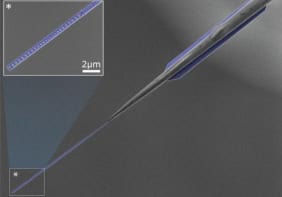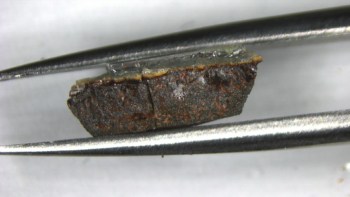The Nobel prize might be the most important news story of the year for physicists, but journalists prefer stories that package difficult concepts into "the science of the familiar" according to Len Fisher, a physicist from Bristol University in the UK. Last year Fisher's experiments on the "dunking" of biscuits in tea or coffee made headlines around the world. Journalists clamoured to tell the story because, according to Fisher, they could understand the physics behind it (Nature 397 469).
Scientists often complain that the media do not report their work. However, according to Fisher, this is not because journalists are not interested in science but because they have a fear of looking foolish when asking questions. The dunking story, on the other hand, gave journalists the chance to interact with researchers on a topic they were acquainted with, and to ask questions they and their readers could understand. This helped the story get wide coverage. “More than 50% of people in a random sample, including the village pub and my wife’s hairdresser, were aware of the story and talking about it” says Fisher.
The ability of both journalists and the public to understand the Washburn equation – which was first derived in 1921 and explains capillary flow in porous materials – highlights that equations can sometimes popularise science.



